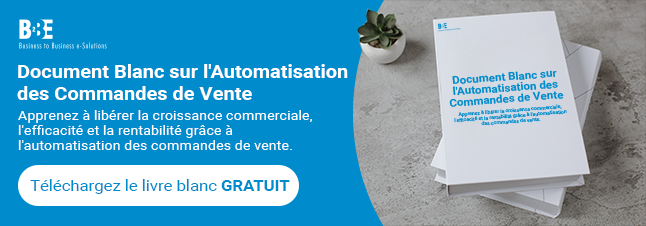Le De la commande à la caisse (O2C) cycle is crucial for maintaining healthy cash flow and ensuring business operations run smoothly. However, inefficiencies in this process can lead to delays, lost revenue, and customer dissatisfaction. Here are seven signs that your O2C process may be deficient and in need of improvement.
7 Red Flags To Watch For In Your O2C Process
1. Frequent Payment Delays
If your customers regularly miss payment deadlines, it’s a clear indication that your O2C process isn’t functioning optimally. This could stem from unclear invoicing, poor communication, or insufficient follow-up on overdue payments.
2. High Rate of Order Errors
Errors in order processing—whether due to incorrect product specifications, quantities, or pricing—can disrupt the entire O2C cycle. Such mistakes not only delay revenue but also harm customer relationships.
3. Slow Order Processing Times
An O2C process plagued by slow order processing can indicate inefficiencies in your system. This slowness could result from manual processes, lack of automation, or poor coordination between departments.
4. High Days Sales Outstanding (DSO)
A rising DSO indicates that it’s taking longer to collect payments from customers, which ties up working capital. This is a significant red flag in the O2C process, often pointing to issues in invoicing or collections.
5. Inconsistent Cash Flow
If your cash flow is unpredictable or frequently strained, it may be due to inefficiencies in the O2C process. Delays in receiving payments, unprocessed orders, and payment disputes can all contribute to cash flow instability.
6. Increased Customer Complaints
Customer dissatisfaction, often reflected in an uptick in complaints, suggests that there may be issues within your O2C process. These could relate to late deliveries, incorrect billing, or slow responses to queries.
7. Excessive Manual Interventions
If your team is constantly stepping in to correct or expedite orders, it’s a sign that your O2C process is too reliant on manual intervention. This can lead to errors, inefficiencies, and increased operational costs.
Conclusion
Recognising these signs of deficiencies in your Order-to-Cash cycle is the first step toward making necessary improvements. Streamlining the O2C process is essential for improving cash flow, enhancing customer satisfaction, and ultimately driving business growth.
Learn more about B2BE’s suite of Order to Cash solutions.
À propos de B2BE
B2BE fournit des solutions électroniques pour la chaîne d'approvisionnement à l'échelle mondiale, aidant les organisations à mieux gérer leurs processus de chaîne d'approvisionnement, en fournissant des niveaux plus élevés de visibilité, d'auditabilité et de contrôle. Nous sommes animés par une passion pour ce que nous faisons, inspirés par l'innovation et soutenus par une richesse de connaissances. Avec plus de 20 ans d'expérience, les équipes de B2BE opèrent dans le monde entier.
Pour plus d'informations, visitez le site www.b2be.com.

